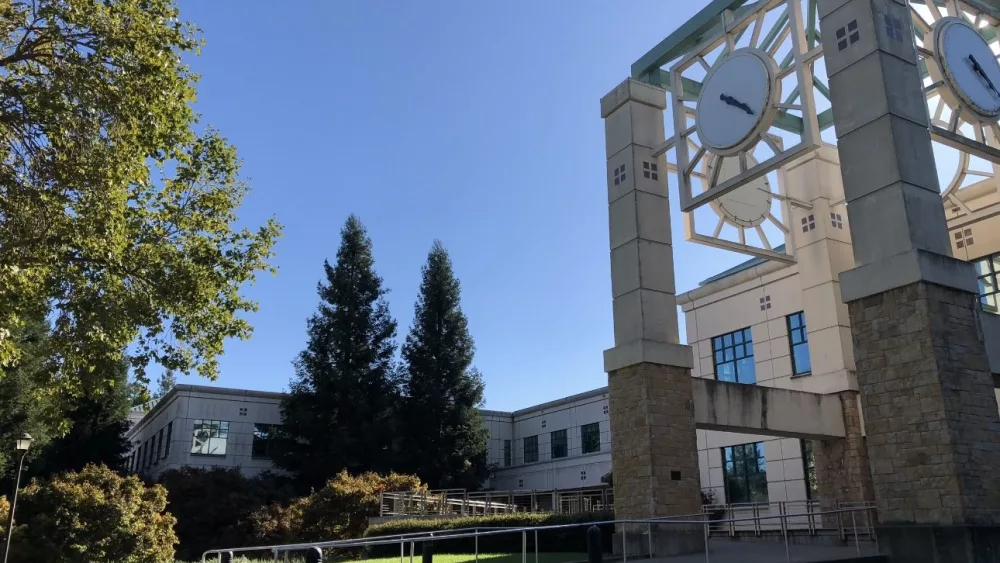
The “new normal” is certainly becoming more and more normal these days, isn’t it? Once ignored spaces in our homes have transformed into workspaces. We chalk up miles on our credit cards without the slightest intention of using them. We are more shocked to see a stranger approaching us without a mask than one with a mask.
This summer was like no other, and none of us is sure what the autumn will bring. This month’s “Jobs & Education” issue offers us stories of hope and resilience. There are still challenges ahead that will force us to rethink old conventions that have inhibited our lives far too long.
Stephanie Derammelaere’s cover story, “The New Normal,” brings home the macro and micro impact of these changes. Here’s one passage that captured my attention:“To maintain some semblance of a routine, Maria never changed the time on her phone’s alarm clock. She still wakes up, takes a shower and dresses at the same time every day. Then she starts her workday in the living room. But, she jokes, that she generally only puts on make-up when there is a Zoom meeting.”
Like Maria, I find myself working towards a more consistent and regimented routine to cope with all the uncertainty we’re living with these days. In another feature, “Back to Work,” Jessica Zimmer provides an overview on the positive and negative consequences of this upheaval and shares the steps and strategies various businesses are taking to keep moving forward as this pandemic lingers.
The impact of COVID-19 and the fear associated with it are making extremely difficult choices in our school system. Judy Wilson sits down with a few 2020 graduates to find out first-hand what it was like to finish out their senior year in the midst of a pandemic and their plans for the future.
Jennifer Wodlinger, a long-time educator with the perspective that only comes from experience, shares the advantages and disadvantages of remote learning. While it worked for the Henry family and their three children, Jennifer reveals the challenges others will undoubtedly face in the coming school year.
This guidance could not come at a more crucial time. As we challenge our stance on equity and equality for every person in America, our goal to provide education for all is being threatened. New and often necessary changes in how and where we educate our children will leave thousands of the most vulnerable behind. Roughly 20 percent of students nationwide do not have access to the technology they need for remote learning, according to EducationSuperHighway, a nonprofit organization that directs research and provides advocacy and consultation services to states and school districts. The Los Angeles Times reports that more than one-third of the Los Angeles Unified School district’s 120,000 high school students were merely ‘infrequent’ virtual learning attendees last school year; midway through the school year, more than 14,000 students had not logged on even once. Let that sink in: 14,000 children, unable to attend school, had not logged onto their virtual classroom on a single occasion.
 There are undoubtedly lots of reasons for this tragedy, but what’s also certain is that lower socio-economic families suffer the most from the absence of in-class learning. Kids need the stability, consistency, and safety that schools offer. For many children, school provides their most nutritious meal of the day. It provides shelter from dangerous homes and neighborhoods. It allows working parents the ability to generate needed income. Our cultural, economic and social divide will widen if we can’t overcome health hazards and get our kids back to school this fall. We know how to safely serve thousands of meals at thousands of restaurants with outdoor seating. We know how to safely move thousands of shoppers through our neighborhood Wal-Marts. We must push for as much in-school attendance as possible for the childrens’ sake and the sake of their working parent or parents.
There are undoubtedly lots of reasons for this tragedy, but what’s also certain is that lower socio-economic families suffer the most from the absence of in-class learning. Kids need the stability, consistency, and safety that schools offer. For many children, school provides their most nutritious meal of the day. It provides shelter from dangerous homes and neighborhoods. It allows working parents the ability to generate needed income. Our cultural, economic and social divide will widen if we can’t overcome health hazards and get our kids back to school this fall. We know how to safely serve thousands of meals at thousands of restaurants with outdoor seating. We know how to safely move thousands of shoppers through our neighborhood Wal-Marts. We must push for as much in-school attendance as possible for the childrens’ sake and the sake of their working parent or parents.
Please encourage creative solutions to ensure our children have the safety, security and life-changing benefits that only in-school attendance can provide. Be well, stay well and recognize that we always succeed together, rather than separately. Share your stories with me at Lawrence@Northbaybiz.com.
Author
-

Lawrence Amaturo is the publisher of NorthBay biz magazine. In addition to the magazine, Amaturo Sonoma Media Group is owner/operator of Waterdrop Digital Media and eight radio stations serving the North Bay region: KZST, KSRO, Froggy 92.9, 97.7 The River, Hot 101.7, and The Wolf 102.7. Lawrence and his wife, Susan, a local physician, are active in several philanthropic endeavors, and enjoy golfing, skiing and traveling with their adult daughters.
View all posts



